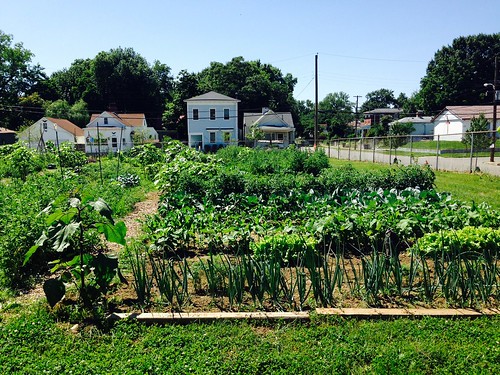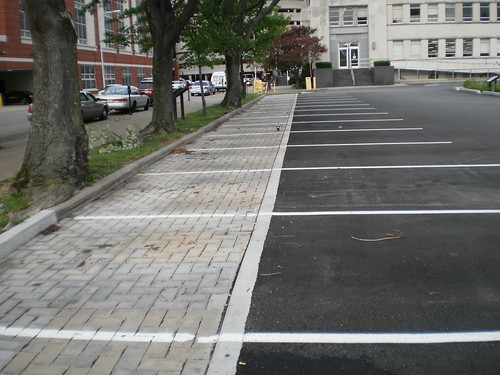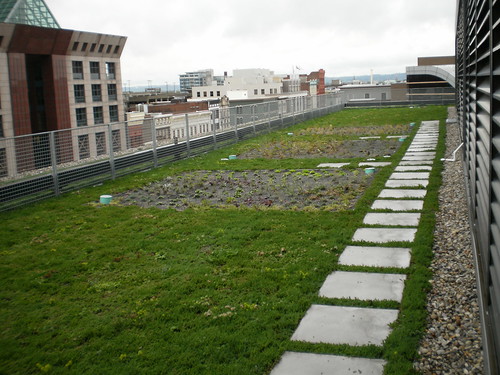
The United Nations General Assembly has designated 2015 as the International Year of Soils. This is one of a continuing series of blogs to mark this observance.
Soil is defined as a dynamic natural body that is made up of solids, liquid and gases and occurs on the earth’s surface, contains living matter, and supports or is capable of supporting plants. But soil is bigger than this.
Civilizations have either flourished or perished partly based on this natural resource and the capability of its people to manage and use it wisely. We all depend on the soil, regardless of where we live – rural or urban.
Urban areas were once undeveloped lands or farms, growing our nation’s food and fiber or supporting an abundance of wildlife. Many people view urban areas as concrete jungles with much of the soil’s redeeming values lost under layers of concrete and asphalt.
But that’s not true. Not only does the soil support urban life, it is also the critical element supportive of the urban lifestyle.
In one block of downtown Louisville, Kentucky, soil is used to grow food and support skyscrapers. On top of the 23-story One Riverfront Plaza, a green roof – with soil – grows a variety of plants. The green roof’s primary purpose is reducing heating and cooling costs, but it also traps and filters rainwater and provides habitat for pollinators.
In that same block, at ground level, a local restaurant grows a garden of herbs in the once alluvial soil mixed with compost created from “waste” generated from the business.

And nearby, at 700 West Liberty, porous surfaces and rain gardens with native plants help filter water, increase groundwater recharge and prevent flooding. Porous concrete and pavers cover the ground’s surface, allowing water to seep through and recharge underground water sources.
As you can see, the soils under Louisville have been through many iterations since the city was founded in 1778 and with 237 years of use it continues to still have function and value.
Today, “urban farming” in Louisville is a growing enterprise, as it is in many metropolitan areas. A return to the land mindset and the economics of small-scale food production within walking distances of dense populations has brought a new kind of farmer to city land.
Numerous community gardens, such as the Shippingport Community Garden and The Peoples Garden, brings together numerous residents to engage in conversations about healthy soils, fertility, compaction and many of the same concerns as their larger scale rural counterparts.
Vacant lots, once home to shotgun homes, are being transformed into urban gardens. The soil, predominately a mix of fine sandy loam plus cinder ash and bits of incorporated material from the land’s previous uses, serves as the basis for fruit and vegetable production.
At least 60 percent of the produce marketed on these lots provides food to folks that are without common access to healthy, fresh fruits and vegetables. The deep well-drained soils along the Ohio River have gone full circle from their agricultural beginning to urban development and back to agriculture.
This year, USDA’s Natural Resources Conservation Service is joining partners across the globe to celebrate International Year of Soils. As we mark this occasion, it’s important to step back and realize the many ways this natural resource touches all of us, regardless of where we live.
Learn more about International Year of Soils. To get started with NRCS, visit your local USDA Service Center or www.nrcs.usda.gov/GetStarted.

